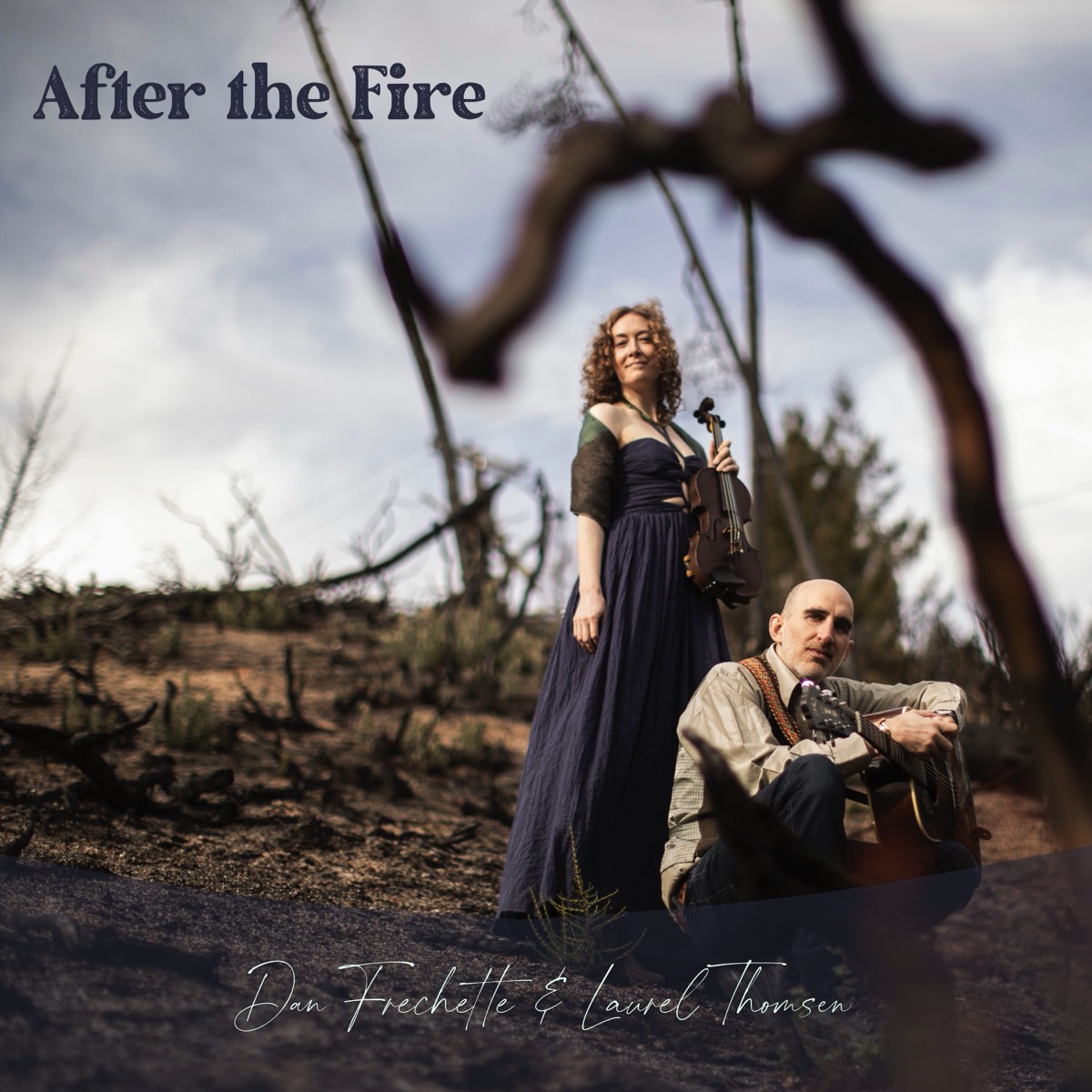When we move beyond the beginning stages of learning to play the violin or viola and our basic major and minor arpeggio patterns, we quickly start to encounter scale books with more elaborate arpeggio sequences. If you’re a violin geek like I am, you might start to wonder, is the order of these arpeggios arbitrary or do they contain some deeper wisdom? Will we really come across these arpeggio flows in our pieces?
For advancing violinists, the scale methods of Carl Flesch (1873-1944) and Ivan Galamian (1903-1981) are among the most famous. The Flesch arpeggio sequence, which he states in his introduction is drawn from the work of Otakar Ševčík (1852-1934) and which Flesch considers “the most practical compilation,” offers tonic minor and major (i and I chord), first inversion of the relative minor (vi chord), 2nd inversion subdominant major (IV chord) then its minor (iv). He follows these up with the diminished and then dominant 7th arpeggios.
We see a similar sequence in the Galamian system, but he gives us a few more patterns to play with: i, VI first inversion, VI+ first inversion, vi first inversion, I-7 with the fifth omitted, IV second inversion, iv second inversion, I sus 4, and finally the I tonic arpeggio. If that makes your head spin, let’s just be thankful we can all enjoy listening to music whether we know how to decipher all the theory behind it or not!
It’s unfortunate that we can’t ask the men who developed these scale methods about their logic surrounding these particular sequences. The best theory to date is that they were taking different notes of a given scale and making arpeggios out of the chords which would still include that tonic/root note. These will be our I-vi-IV chords (re-read the previous two paragraphs if these aren’t looking familiar...).
In the key of C for example, these show up as the C, A, and F chords (an arpeggio is essentially a chord played in a “broken” fashion - a string of single notes). The C chord contains the notes C E G. The A chord has the notes A C E. And the F chord contains the notes F A C. See how a C shows up in all of these chords? Any other chord build on any other degree (note) of the scale (our D, E, G, B chords in our example key of C) do not contain any C notes.
As far as chord progressions go, we might wonder why these sequences leave out important chords, like the V chord? It’s just as common as the IV chord, or even the vi chord for that matter, and shows up in nearly every piece of music, from Classical to pop. But following the theory above, in the case of C major, the V chord would be a G chord, which contains the notes G B D. No C note there! We’ll find and practice that arpeggio with all the other G based arpeggios.
Beyond common notes, both sequences keep the tonic (C note in the key of C) as the root throughout (the reason we see first or second inversions on some of the arpeggios up above), and have minimal changes from one arpeggio to the next. In the Flesch sequence, only one of the three notes change as we go between arpeggios. The Galamian pattern only breaks that pattern once, between the I-7 and IV arpeggios, though in this case, the two notes that change walk up to the new two notes. In nice leading tone fashion it feels as if our ear was longing for that resolution all along. Such subtle changes foster a sense of connection between the patterns while enhancing their musical sound. One would hope we’d be practicing these with the same musical attention as our pieces after all!
We might still wonder, however, will we actually find these particular arpeggio progressions in actual music, or are they just acrobatics our teachers say will help us become more musically fit?
Surely, we will find all of them here and there, but I think worrying about that and keeping tabs misses the point of the exercise. If Flesch and Galamian actually wanted to craft an amazing new violin concerto, they surely would have spent their time on that instead. I suspect that both were primarily concerned with violin technique as they were compiling their scale systems. As far as the goal of creating a flexible and well rounded violin technique goes, we will encounter all of these arpeggios every day in the form of the intervals they contain and the wide variety of finger patterns they require. And getting these patterns well in tune, with good tone, rhythm, and played through a wide variety of tempos and bowings with ease, is the challenge of a lifetime!
Happy Practicing!

